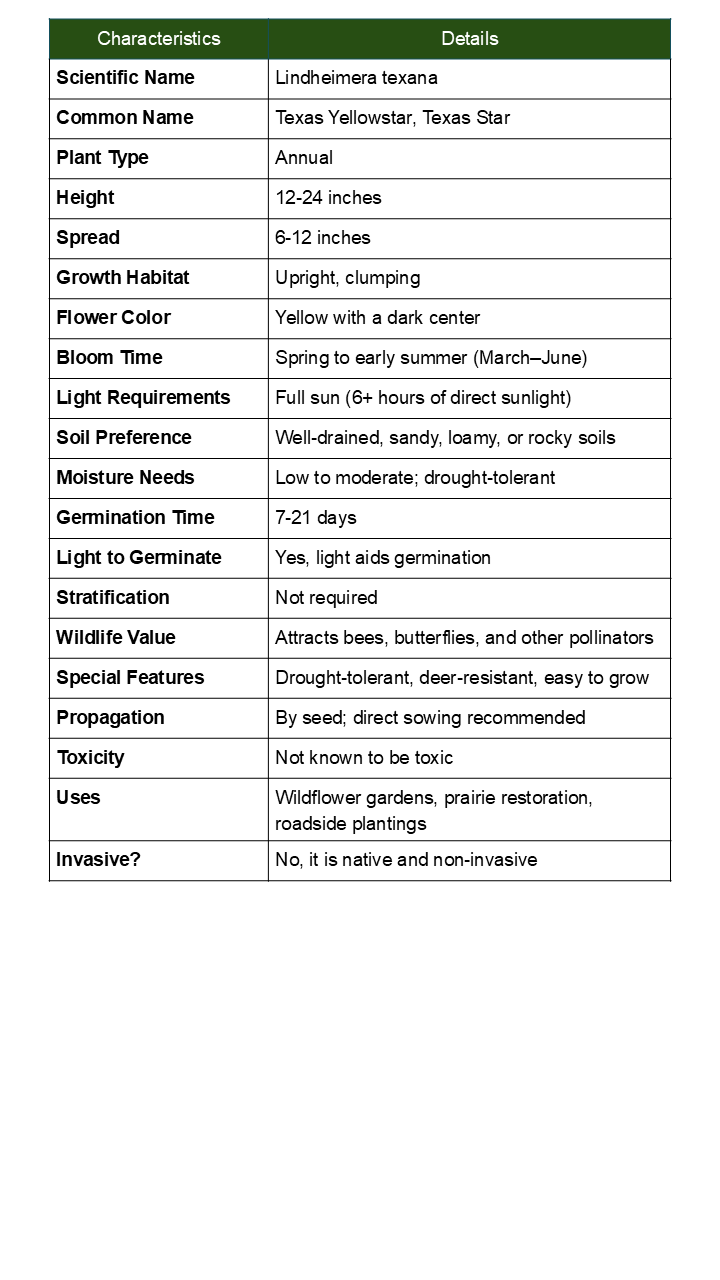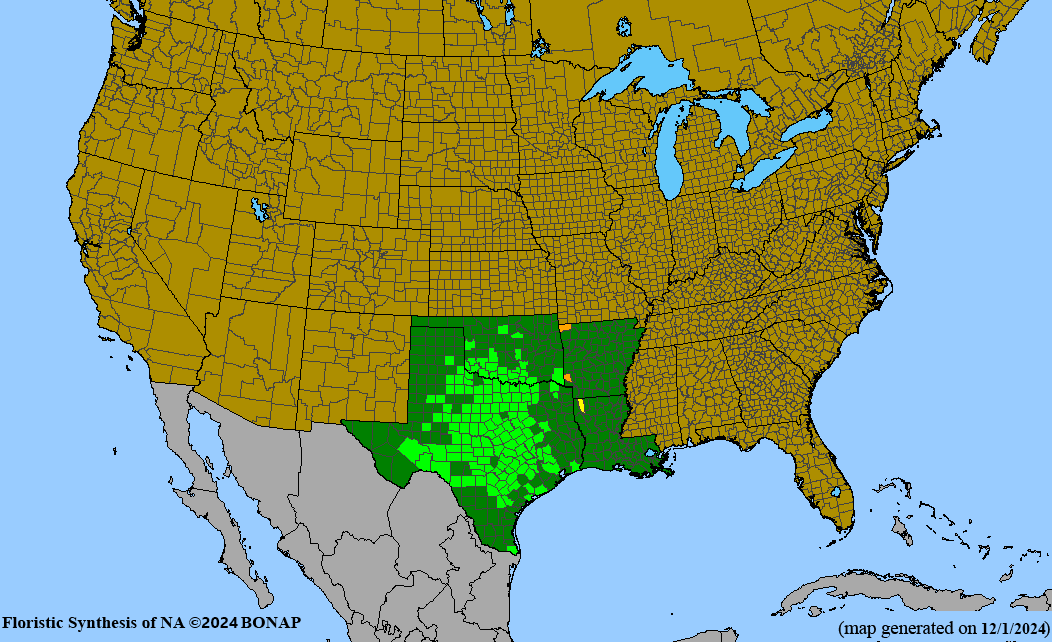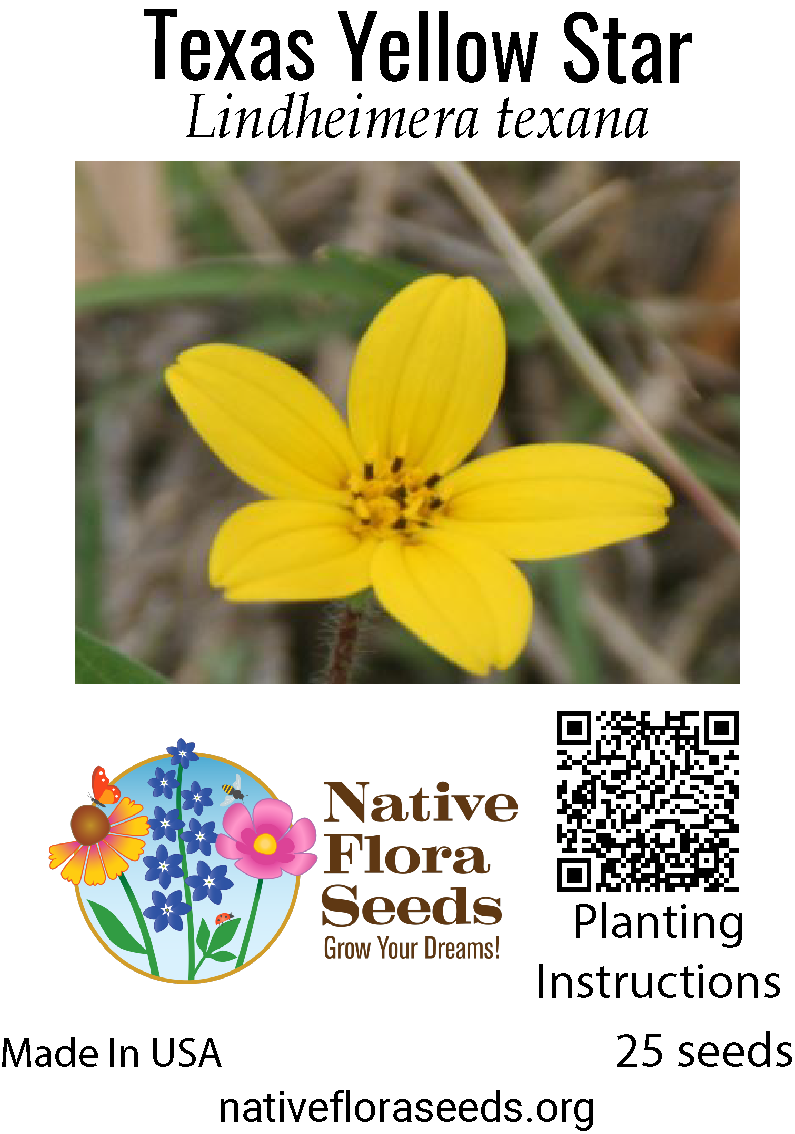Texas Yellow Star Seeds - Native Lindheimera Texana | Rare Texas Endemic Wildflower
Brilliant Native Texas Yellow Star - Golden Prairie Beauty
Lindheimera texana, commonly known as Texas Yellow Star or Lindheimer's Daisy, is a charming native annual that brings bright golden-yellow star-shaped flowers to your garden. This delightful Texas endemic creates stunning displays from spring through fall, producing masses of cheerful daisy-like blooms with distinctive pointed petals that truly resemble tiny golden stars scattered across the landscape.
Outstanding Features:
- Texas Endemic: Found naturally only in Texas, making it a true state treasure
- Extended Blooming: Flowers continuously from spring through fall with adequate moisture
- Pollinator Favorite: Attracts butterflies, bees, and beneficial insects
- Heat Tolerant: Thrives in Texas heat and challenging conditions
- Self-Seeding: Readily naturalizes for years of golden displays
Growing Information:
Height: 6-24 inches | Spread: 8-12 inches | Sun: Full sun to partial shade | Soil: Well-draining, adaptable to various soil types | Zones: 8-10
Planting Guide: Direct sow in fall or early spring. Seeds germinate easily with consistent moisture. Prefers well-draining soil and benefits from occasional watering during dry periods.
Create your own piece of authentic Texas heritage while supporting native pollinators with this rare endemic wildflower that embodies the unique botanical treasures of the Lone Star State.



